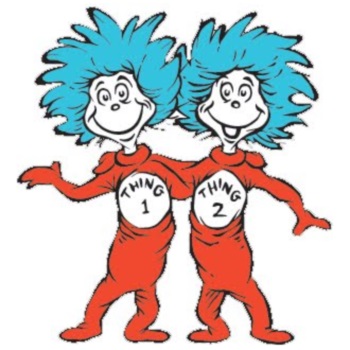My Insider content this week includes my redraft of the 2005 class as well as a recap of the first round picks who didn’t pan out. I also held my weekly Klawchat on Wednesday. My first mock draft will go up on Tuesday.
And now, this week’s links…![]()
- The illusion of memory in action: The New York Times shows two false eyewitness accounts of a shooting in New York City. This is one of the six cognitive illusions discussed in The Invisible Gorilla, which I reviewed this week.
- Chef Hugh Acheson stars in the first episode of Eater’s Real Chefs Cook Dumb Recipes. This one, for chicken nachos, is really dumb: It’s from Kris Jenner’s cookbook, but it’s Nicole Brown Simpson’s recipe. Actually, it’s not so much dumb as totally tacky. Also, Acheson’s newest cookbook, The Broad Fork
, just came out last week – it’s all about cooking with vegetables and fruits.
- Why did Rehoboth Beach reject Dogfish Head’s expansion plans? Do they not like jobs? And beer? In fact, that’s my campaign platform. Keith Law for Governor of Delaware: Jobs and Beer.
- Are seed libraries legal in your state? You won’t believe the bullshit reason some state governments are using to shut such seed-exchange programs down.
- Good news on the vaccine front: California’s Senate is trying to end non-medical waivers. There are no good non-medical reasons to eschew vaccinations. None.
- Frontline had a great series of reports on food-borne illnesses in raw chicken.
- The Amtrak derailment this week brought out some regrettable social media behavior, including massive attacks on a music professor and violinist who sent an angry tweet to Amtrak about retrieving her instrument.
- A cute followup on the Israeli professor who calmed a student’s crying baby. Apparently this is par for the course for him. (Pun intended.)
- More bad news on the environmental front: NPR reports on the 42% drop in honeybee colonies from 2014. This comes on the heels of two more studies blaming pesticides known as “neonics” for their role in colony collapse disorder.
- Also from NPR’s Science Desk, why would a fish have gained (through evolution) the ability to make its own sunscreen?
- The BBC reports on ideas for improving how you learn and/or memorize new material.


